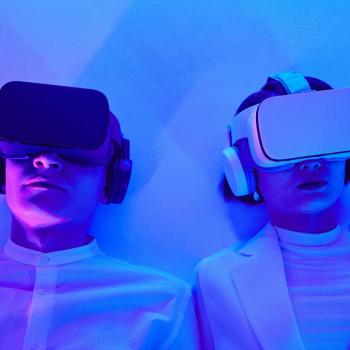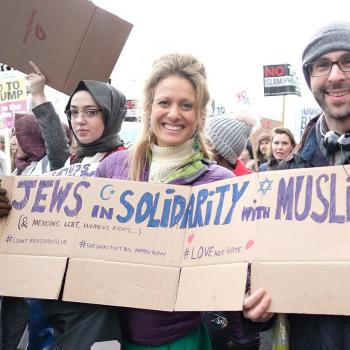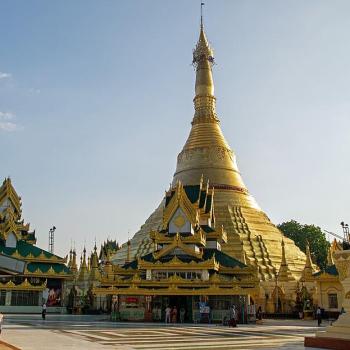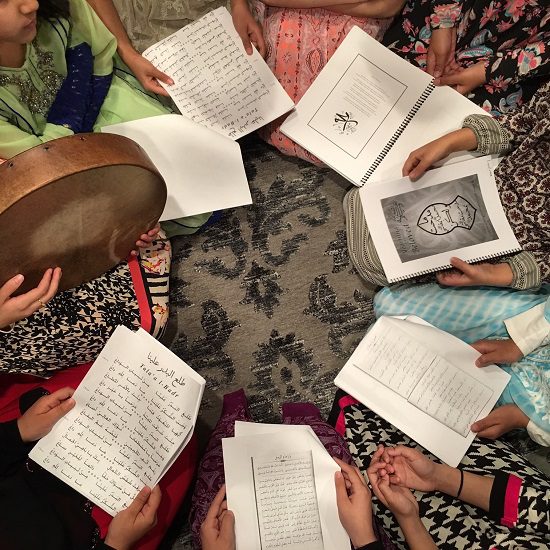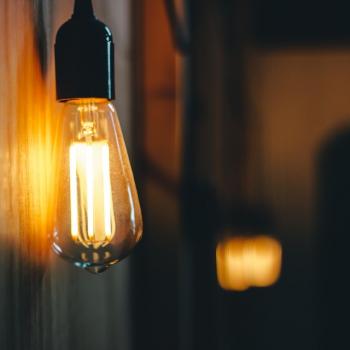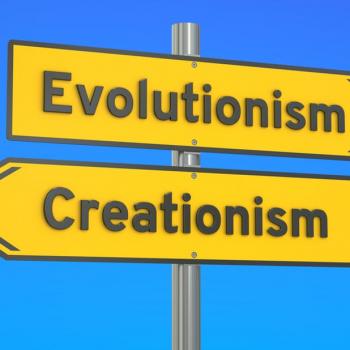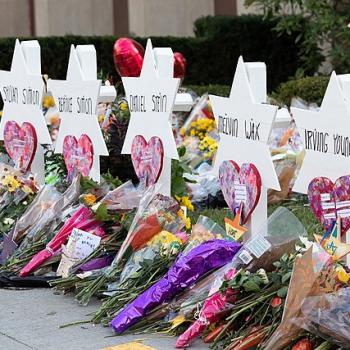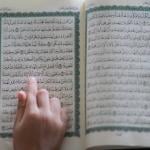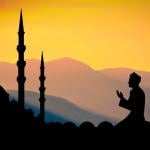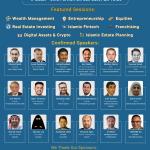 |
|
We’re staying, thank you
|
This May, I traveled all over Pakistan for two weeks as a part of a State Department public diplomacy program aimed at addressing anti-American sentiment taking control of the country. As a part of the State Department’s International Visitors Program, I was able to meet with leading academics, NGOs, and students in Islamabad, Lahore, and Karachi.
Although the aim of my program was to talk about the American Muslim identity and women’s rights in Islam, I spent the majority of my time talking about a woman named Aafia Siddiqui, the mistreatment of Pakistanis at American airports, drone attacks, and a general barrage of frustrations with U.S. foreign policy.
I’ll be honest – people in Pakistan are outraged. The minute I told people I was an American born Muslim of Indian-descent, people’s expressions would visibly change from intrigue to anger. I was politely told at a leading think tank in Lahore, “Madam, you are affiliated with two of Pakistan’s greatest enemies – India and America.” Ouch.
It’s definitely an understatement to say that America has an image problem in Pakistan. However, I found that one of the only viable means to fix this problem is through public diplomacy. The role of public diplomacy in advancing foreign policy has often been considered a weak tool, but my experience suggests it may be the best one we have.
The Pakistani media, like ours, is constantly on the lookout for ways to fill the 24-hour news cycle. And, unfortunately, a fair bit of what makes for good television are talk shows stocked with conspiracy theories. This leads to a widespread distrust of the U.S., thereby making changing the hearts and minds of people a battle.
While it’s true that some conspiracy theories actually coincide with legitimate grievances, they make it incredibly difficult for Pakistanis to trust anyone from the U.S. Therefore, the dynamic that is created during a face-to-face conversation is perhaps one of the most effective tools to counter these myths. It is very difficult to call someone a liar when they’re standing in front of you (and drinking your tea). By honestly listening to grievances, and acknowledging mistakes made in the past, America will mitigate its public diplomacy problems and make the national security problems of the future perhaps a bit less daunting.
Young people, kheema, and iPhones
One interesting phenomenon I found when talking to young people in Pakistan was their tendency to separate President Obama from his policies. They admire President Obama’s struggle, his diverse background, and find him intelligent, articulate and sometimes even inspiring. And, perhaps more simply, they see in him someone who may not exactly understand their lives, but makes a concerted effort to do so. A college student who was cynical of nearly everything the U.S. does in his country was still excited by the possibility of a U.S. President who, thanks to a Pakistani college roommate, can cook Pakistani food, citing reports that President Obama can make kheema (ground beef) and daal (lentils). Admittedly, it’s not a breakthrough in international public opinion, but it’s certainly positive opinion that the U.S. cannot ignore.
However, many Pakistanis feel that there is a disconnect between President Obama and his policies. From the Pakistani perspective, drone attacks are still taking place, and U.S. military pressure has increased over the last several months. I was told repeatedly that the war Pakistanis were fighting against the Taliban was not their war. Instead, it was described (with some contempt) as America’s war, and this phrase would inevitably be the next question: “What have we gotten in return?” This would usually degenerate into a full-blown tirade about the origins of the Taliban and the U.S. support of the mujahideen in Afghanistan, to which I never knew how to respond.
Similarly, when I asked a group of young aspiring Pakistani politicians (Pakistan’s Youth Parliament) about their views on the U.S., the word that was repeated most often was “hypocrisy” (I counted – it was used 9 times). There are valid reasons for believing that Pakistan is not treated as an equal on the diplomatic stage by the United States. However, I made a point to emphasize that the reinvigorated US-Pakistan Strategic Dialogue covers a range of social and economic issues, moving the conversation between the U.S. and Pakistan beyond only the national security context. While there were definitely skeptics in the room, there were also a good number of people who were hopeful that this partnership would yield positive long-term results.
Just like young people anywhere in the world, the youth in Pakistan are concerned about educational standards, job opportunities, and the national security of Pakistan. At the same time, they also love rock music, hanging out at coffee shops, and are addicted to Facebook. Alongside some young people who are disaffected and angry are those who admire the freedoms and technological advances in America. In fact, a young man named Abdul was in disbelief when I told him that I don’t own an iPhone, “But you live in America!” he exclaimed.
The unique thing about young people anywhere is that they’re able to look beyond difficult political situations, yet feel hopeful for the future. This is definitely true among the Pakistani youth I met, which included students from a range of socioeconomic backgrounds, including elite institutions in Karachi to a madrassa in a Lahore slum. Indeed, as an articulate but angry student at one of the prominent law schools in Lahore told me after 15 minutes of complaining about U.S. foreign policy in Palestine that, “If anyone can fix the situation that Muslims are in today, it’s President Obama.” Throughout my trip, I never heard this sort of optimism among an older generation.
It’s also worth noting that Pakistanis are an incredibly proud people. A girl named Uzma made it clear to me that while she could speak perfect English, she would purposefully ask her questions in formal Urdu to stress the importance of Pakistan’s national language. I once asked a group of college-aged students if they would ever want to move to the United States, thinking that would all say yes. Not one raised her hand. While they would want to study at American colleges, they made is clear that their generation does not want to participate in the Pakistani brain drain. Not only was this national pride endearing, but it made me hopeful for the upcoming youth being raised in a turbulent Pakistan. Understanding this pride and engaging Pakistanis on a person-to-person level is imperative for future American public diplomacy initiatives.
Pakistani youth should be America’s target demographic for increased public diplomacy initiatives. These are the people who are working to build stronger institutions in Pakistan, and dream of a stable, democratic Pakistan. Not only are they listening and engaging, but they are trying to provide constructive solutions to address the issues that they face. But usually no one is listening. While this demographic makes up an unprecedented amount of the population in Pakistan, there are very few outlets and programs designated for the civic and political development of young people. One of the most important things that the U.S. can do is to listen to and support these voices.
Public diplomacy: It’s better face-to-face
Pakistani public opinion is based on real problems – limited electricity, dwindling water supplies, corrupt institutions, and terrorism – just to name a few. The perceived lack of U.S. empathy towards the plight of developing world problems is a dilemma – perhaps one driven by the fact that we ourselves seldom focus on the good work the U.S. is doing. Wars draw more attention than humanitarian aid, but in a country that knows devastating poverty, reminders of times when the U.S. has offered a helping hand go a very long way. While I made a point to remind people in Pakistan that Americans gave the most amount of humanitarian aid after the 2005 earthquake, it is important to be clear and forthcoming about informing people that humanitarian aid is a reflection of American values.
One of my successes was to address the mystique around the lives of Muslims in America. Talking about shared values, cultures, and religion, created a space where I was able to authentically explain U.S. policies. The minute I started talking about what a big fan I am of the Pakistani rock band Junoon, eyes lit up around the room. I had to repeat several times that I listen to Pakistani music, enjoy Pakistani food, and wear Pakistani clothes – yes, in America.
Public diplomacy is difficult because it never quite ends. It’s an obstacle that is overcome face-to-face, one person at a time. While using new media is a great mechanism for reaching larger audiences, tools such as Facebook can work when there is some underlying sense of trust. Vague messages and statements on behalf of the U.S. government do not work in an environment of mistrust and serve to only frustrate people further. Our government can definitely do more to effectively communicate and explain American policies. This happens through international visits and face-to-face encounters.
I came away realizing that Pakistani anger at the U.S. is not permanent. Upgraded and better-funded public diplomacy initiatives can and will make a difference. American public diplomacy officers are at the forefront of this fight, and hopefully their jobs will get a bit easier due to Secretary Clinton and Ambassador Holbrooke’s commitment to dedicate more assets to public diplomacy programs in Afghanistan and Pakistan.
The point of all of this isn’t for the U.S. to please everyone. To do so would be futile and disingenuous. However, we can provide better explanations and offer more concrete tools for engagement and interaction. It could be a long struggle, and we’ll certainly need to make more friends in Pakistan along the way.
Safiya most recently served as the South Asia policy analyst at the United States Commission on International Religious Freedom (USCIRF). Prior to USCIRF, Safiya served as the Government Relations Director for the Muslim Public Affairs Council (MPAC) in the Washington DC office. Safiya can be reached at sjghori[at]gmail.com


